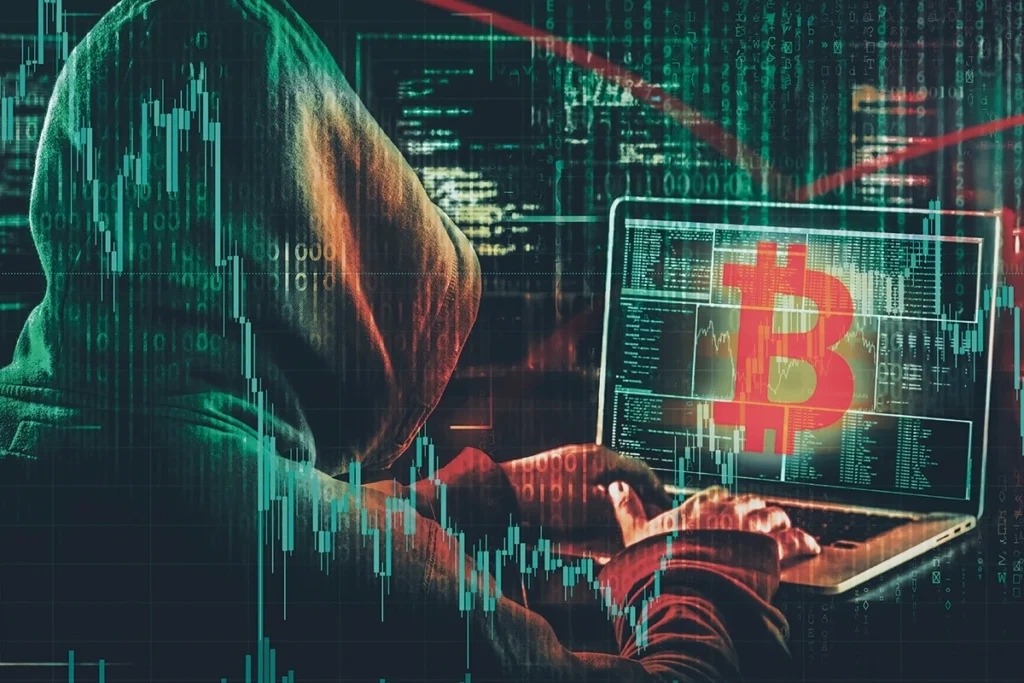How to Identify Fake Telegram Groups Before It’s Too Late
March 24, 2025

How to Identify Fake Telegram Groups Before It’s Too Late
Telegram is a powerful platform—fast, free, and full of niche communities. But here’s the kicker: not every group is legit. In fact, some are flat-out scams. If you’ve ever hesitated before hitting “join,” you’re not alone. It’s more important than ever to identify fake groups before they lead you into phishing traps or spam storms.
So how do you tell the real from the ridiculous? Let’s break it down.
1. Check the Group Activity (It’s a Sneaky Giveaway)
First things first: take a look at the group’s activity. Is it oddly quiet? Or, on the flip side, is it too noisy but full of repeated messages or weird bot-like chatter?
Fake Telegram groups often inflate their member count using bots—dead giveaways include:
- Thousands of members but barely any real conversations
- Repetitive messages, usually promoting sketchy links
- Tons of emoji reactions but no real replies

A real group has that human touch—random questions, typos, genuine back-and-forth. If it feels like you’re talking into a void or walking into a shouting match where no one listens, that’s a red flag.
2. Identify Fake Groups by Scrutinizing Admin Behavior
Another big clue lies in the admins. Who’s running the show?
Legit groups usually have transparent, responsive admins. In fake groups? Admins are either ghosts or overly pushy, spamming weird crypto giveaways or “urgent” calls to action. Be wary of messages that:
- Pressure you to act fast (“Claim your reward in 10 minutes!”)
- Ask for personal info or wallet addresses
- Include off-platform links, especially shortened URLs

If you can’t figure out who’s in charge, or if all messages seem to come from bots or anonymous users, you’re probably in one of those fake Telegram groups that’s just fishing for victims.
3. Look at the Group Creation Date and History
It’s not foolproof, but checking how long a group has been around can give you a sense of trustworthiness. Telegram doesn’t make this super obvious—but here’s a trick:
Scroll to the earliest messages you can. If the group “started” yesterday and already has 15K members, uh… that’s suspicious. Also, if it seems like the group used to be something totally different (you’ll notice if you see old messages about a random topic), it could’ve been hijacked.
Yes, hijacking groups is a thing.

4. Spot Poor Grammar, Weird Formatting, and Spammy Content
Let’s be honest—some of these fake groups feel like they were cobbled together by someone rushing through Google Translate. If you see:
- Awkward grammar
- Tons of exclamation points (like, too many!!!)
- Repetitive posts full of spammy buzzwords (like “GET RICH NOW” or “CRYPTO AIRDROP $$$”)
…it’s not just annoying, it’s probably a scam.
Of course, not every typo means fraud. But when combined with the other stuff? Yeah, get outta there.

5. Ask Around (Or Just Google It)
Sometimes the simplest thing works: ask someone. If it’s a group claiming to be tied to a well-known brand, company, or influencer, check their official channels to see if they link to it.

You can also paste the group’s title into a search engine. Often, Reddit threads or forum posts will pop up warning others about shady Telegram groups. It’s always worth a 10-second check.
6. Final Tip: Trust Your Gut When You Identify Fake Groups
This sounds cheesy—but it’s true. If something feels off, it probably is. Telegram doesn’t vet its groups, and scammers know that. They bank on people joining quickly without thinking.
So pause. Scroll. Lurk for a bit.
Because at the end of the day, if you’re trying to identify fake groups on Telegram, your best defense is curiosity mixed with caution.
—
Some say the internet is the Wild West again. And honestly? They’re not wrong. But you don’t need to ride into every digital town blindfolded. Stay sharp, ask questions, and when in doubt—leave.
No free airdrop is worth getting scammed for.
Relevant news:

